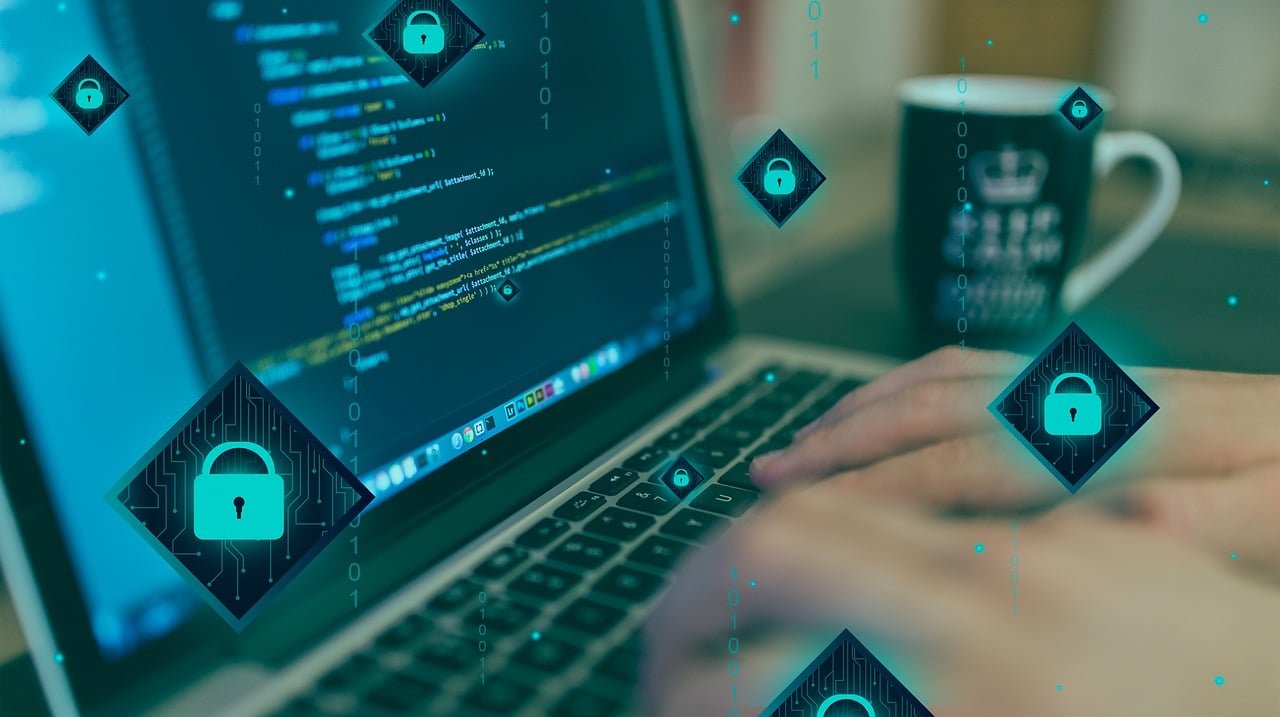The Silent Danger

Cybersecurity threats are evolving at an unprecedented rate, posing significant risks to individuals and businesses alike. While many recognise the dangers of cyberattacks, few fully grasp the extent of the silent threats lurking in the digital world. From data breaches to sophisticated phishing scams, cybersecurity remains an ever-present concern. In this blog, we explore six key aspects of cybersecurity that often go unnoticed but can have devastating consequences.
The Rising Threat of Ransomware
Ransomware attacks have surged in recent years, targeting businesses, government institutions, and even individuals. These malicious programs encrypt files and demand ransom payments to restore access. What makes ransomware particularly dangerous is its ability to spread quickly across networks, crippling entire organisations. Preventative measures such as regular backups, endpoint protection, and employee training can help mitigate this risk.
Phishing: A Growing Manipulative Tactic
Phishing attacks have become more sophisticated, with cybercriminals using deceptive emails, messages, and websites to steal sensitive information. Many unsuspecting victims fall for these scams, providing hackers with login credentials, financial details, or personal data. Awareness campaigns and multi-factor authentication (MFA) can significantly reduce the chances of falling prey to phishing schemes.
The Dangers of Unsecured IoT Devices
The Internet of Things (IoT) has revolutionised the way we interact with technology, but it also presents significant security vulnerabilities. Many IoT devices lack robust security measures, making them easy targets for cybercriminals. Compromised smart devices can be used to launch large-scale attacks or infiltrate personal networks. Implementing strong passwords, updating firmware, and using secure networks can enhance IoT security.
Insider Threats: The Enemy Within
Not all cybersecurity threats come from external hackers. Insider threats, whether intentional or accidental, can cause serious harm to an organisation. Employees with access to sensitive data may misuse it, leak information, or fall victim to social engineering attacks. Implementing strict access controls, monitoring user activity, and fostering a culture of cybersecurity awareness can help mitigate insider threats.
The Rising Concerns of AI-Powered Cyber Attacks
Artificial intelligence is being leveraged by cybercriminals to launch more effective and targeted attacks. AI-driven malware can adapt, evade detection, and exploit vulnerabilities faster than traditional threats. Similarly, deepfake technology can be used for fraudulent activities, such as impersonating executives or manipulating public opinion. Advanced threat detection systems and AI-driven cybersecurity solutions are essential in countering these risks.
The Need for Cybersecurity Compliance and Regulations
As cyber threats evolve, governments and regulatory bodies are introducing stricter cybersecurity laws and compliance requirements. Businesses must adhere to frameworks such as GDPR, ISO 27001, and NIST to ensure data protection and risk management. Failure to comply can result in severe penalties and reputational damage. Regular security audits and compliance assessments are crucial for staying ahead of cybersecurity threats.
Conclusion
Cybersecurity is no longer an optional consideration—it is a necessity in today’s digital landscape. The silent dangers lurking in the cyber world can have catastrophic consequences if not addressed proactively. By staying informed, implementing robust security measures, and fostering a culture of cybersecurity awareness, individuals and organisations can protect themselves from ever-evolving cyber threats. Stay vigilant, stay secure.
